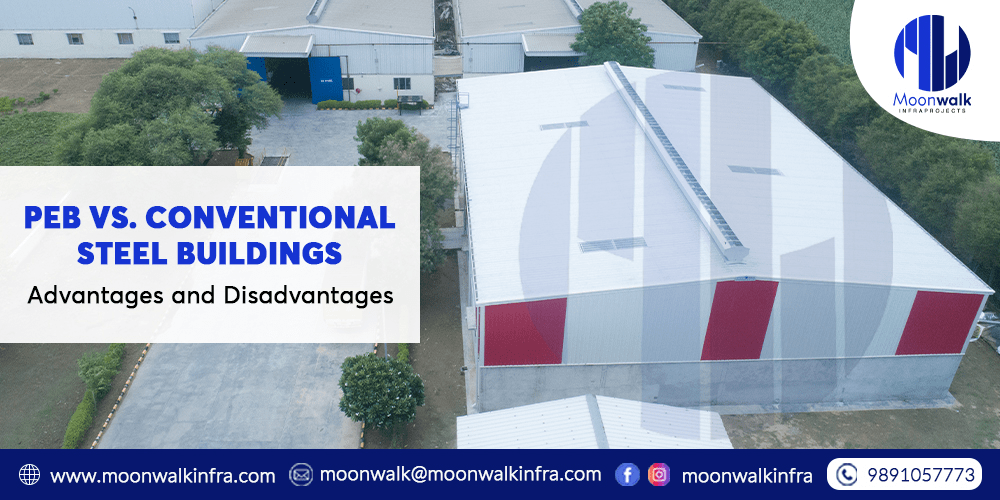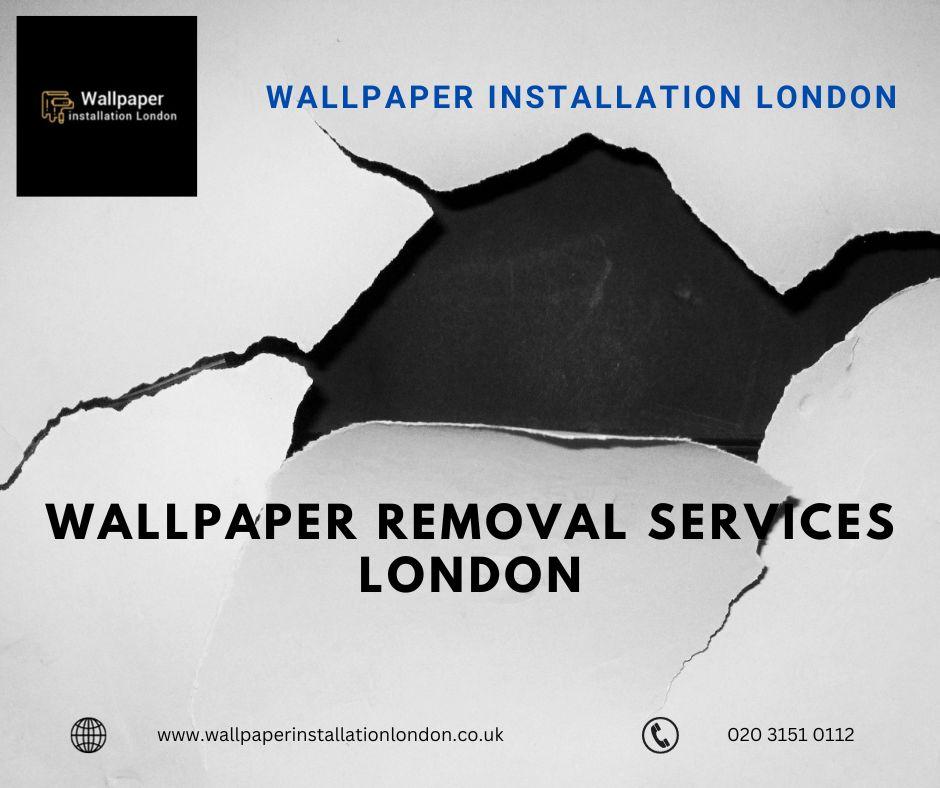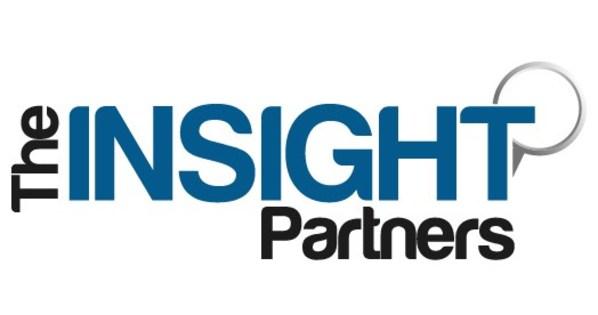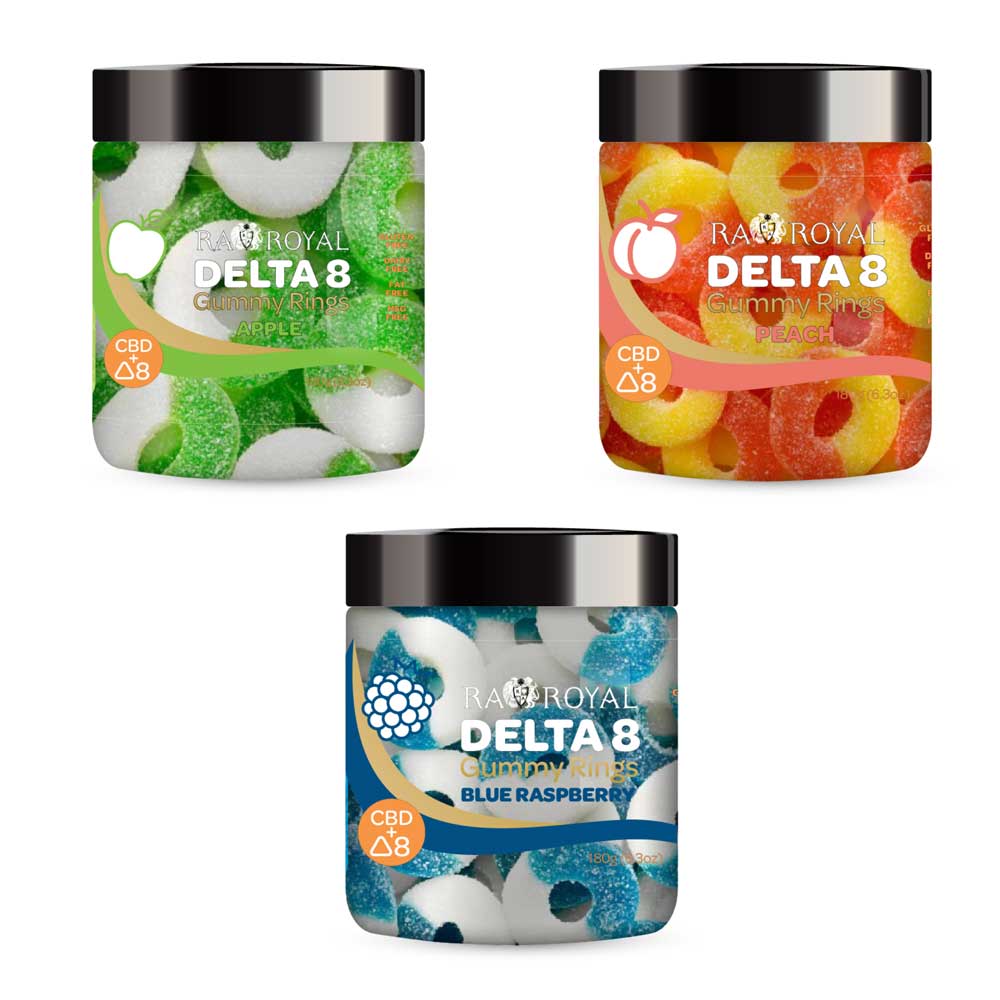Introduction
Prefabricated engineered buildings (PEBs) have gained significant popularity in the construction industry due to their numerous advantages. However, ensuring their long-term performance and durability requires proper maintenance practices.
This article explores the key aspects of maintenance and durability in PEBs, highlighting the importance of regular upkeep and identifying strategies to enhance their lifespan.
I. Understanding Maintenance Requirements
Maintaining PEBs involves a proactive approach to prevent potential issues and ensure optimal functioning. Some key maintenance requirements include:
A. Overview of maintenance needs in PEBs
Regular inspections and maintenance are essential to keep PEBs in good condition. This includes inspecting the overall structure, checking for signs of wear and tear, and identifying potential areas of concern. Maintenance needs can vary depending on the specific components of the PEB, such as the roofing system, cladding, HVAC systems, electrical wiring, and plumbing fixtures.
B. Common maintenance challenges and issues faced in PEBs
PEBs face specific maintenance challenges due to their modular nature and unique components. Common issues include water leaks, especially at the joints and connections, which can lead to moisture damage and potential mold growth. Additionally, corrosion can affect metal components, especially in areas with high humidity or exposure to corrosive substances. Regular inspections and proactive maintenance can help identify these issues early and prevent further damage.
C. Importance of regular inspections and preventive maintenance
Regular inspections play a crucial role in identifying maintenance needs and potential issues before they escalate into costly repairs or pose safety risks. Conducting routine inspections allows for the early detection of structural problems, such as cracks or settling, which can compromise the overall stability and safety of the PEB. Preventive maintenance measures, such as lubricating moving parts, tightening connections, and replacing worn-out components, help extend the lifespan of the PEB and minimize the risk of unexpected failures.
II. Key Factors Affecting Durability
Understanding the factors that impact the durability of PEBs is crucial for developing effective maintenance strategies. Key considerations include:
A. Impact of environmental factors on PEB durability
PEBs are exposed to various environmental factors that can affect their durability. Temperature variations, including extreme heat or cold, can cause expansion and contraction of materials, leading to potential structural stress. Moisture, whether from rain, snow, or humidity, can infiltrate the PEB and cause corrosion, mold growth, or deterioration of building materials. Wind loads and other external forces also need to be considered during the design and maintenance of PEBs to ensure their structural integrity.
B. Material selection and its influence on PEB lifespan
The choice of materials used in PEBs significantly affects their durability. Opting for high-quality materials that are resistant to corrosion, deterioration, and degradation is crucial. For example, using galvanized steel or coated metals can provide better protection against rust and corrosion. Additionally, selecting roofing materials with superior weather resistance and insulation properties can enhance the overall lifespan of the PEB.
C. Structural integrity and its role in long-term durability
The structural integrity of a PEB is essential for its long-term durability. This includes ensuring that the design and manufacturing process adhere to relevant building codes and standards. Properly engineered connections, bracing systems, and load-bearing components are critical for withstanding the stresses and forces that the PEB may encounter during its lifespan. Regular inspections and assessments of the structural elements can help identify any signs of damage, deterioration, or structural deficiencies that need to be addressed promptly.
D. Consideration of potential risks and hazards
PEBs may be susceptible to specific risks and hazards that can affect their durability. Corrosion is a significant concern for metal components, especially in areas exposed to moisture or corrosive chemicals. Implementing corrosion protection measures, such as coatings or galvanization, can help mitigate this risk. Pests, including insects and rodents, can also cause damage to PEBs. Regular inspections and pest control measures can help identify and address such issues before they escalate.
III. Maintenance Practices for PEBs
Implementing effective maintenance practices is crucial for preserving the durability of PEBs. Key practices include:
A. Regular cleaning and upkeep of exterior surfaces
Keeping the exterior surfaces of the PEB clean and free from debris is essential for maintaining its appearance and preventing potential damage. Regularly cleaning the cladding, walls, and roofing systems helps remove dirt, pollutants, and organic matter that can degrade the surface materials over time. Additionally, clearing away vegetation and leaves from gutters and drainage systems prevents water backup and potential water infiltration.
B. Inspection and maintenance of roofing and cladding systems
The roofing and cladding systems are critical components that protect the PEB from the elements. Regular inspections of these systems help identify leaks, damaged or missing shingles or panels, and areas prone to water penetration. Addressing these issues promptly prevents water damage, mold growth, and potential structural deterioration. Repairing or replacing damaged components ensures the longevity and functionality of the roofing and cladding systems.
C. Proper maintenance of mechanical, electrical, and plumbing systems
PEBs often house mechanical, electrical, and plumbing systems that require regular maintenance. This includes inspecting and servicing HVAC systems, electrical wiring, plumbing fixtures, and fire suppression systems. Routine checks, cleaning, lubrication, and filter replacements help ensure the proper functioning of these systems and minimize the risk of malfunctions or failures that could disrupt operations or compromise occupant comfort and safety.
D. Monitoring and addressing potential structural issues
Regular monitoring and assessment of the PEB’s structural components are essential for maintaining its integrity. Inspecting the foundation, columns, beams, and connections can help identify any signs of damage, including cracks, settlement, or corrosion. Engaging structural engineers for comprehensive assessments can provide valuable insights and recommendations for necessary repairs or structural reinforcement to prevent further damage or compromise the overall stability of the PEB.
E. Importance of maintaining proper drainage systems
Maintaining proper drainage systems is crucial to prevent water accumulation, which can lead to moisture damage and potential structural issues. Regularly inspecting and cleaning gutters, downspouts, and drainage pipes ensure unobstructed water flow and prevent water from pooling around the PEB’s foundation. Proper grading and landscaping around the PEB also contribute to effective drainage and help protect against water-related damage.
IV. Enhancing Durability Through Protective Measures
To enhance the durability of PEBs, implementing protective measures can be highly effective. Some strategies include:
A. Implementing corrosion protection strategies
Corrosion is a common threat to the durability of PEBs, especially those with metal components. Implementing corrosion protection measures is essential to prevent the degradation and structural compromise caused by rust. Applying protective coatings, such as corrosion-resistant paints or sealants, to metal surfaces provides a barrier against moisture and corrosive substances. Another approach is the use of sacrificial anodes or cathodic protection systems that divert corrosion away from critical components.
B. Use of protective coatings for PEB components
Applying protective coatings to various components of PEBs can enhance their durability and resistance to weathering. Protective coatings can provide a barrier against UV radiation, moisture, and chemical exposure. For example, using weather-resistant coatings on cladding and roofing systems can protect against fading, cracking, and deterioration due to sunlight and environmental factors. Additionally, applying thermal barrier coatings can improve insulation properties and energy efficiency, reducing the strain on HVAC systems and enhancing the overall durability of the PEB.
C. Integration of insulation systems for energy efficiency and durability
Proper insulation not only contributes to energy efficiency but also plays a role in the long-term durability of PEBs. Insulation helps regulate indoor temperature, reducing thermal stress on building materials and preventing excessive expansion and contraction.
It also minimizes the risk of moisture condensation and potential damage caused by mold growth. Installing high-quality insulation materials and ensuring proper installation techniques, such as sealing gaps and preventing thermal bridging, contribute to the PEB’s overall durability and occupant comfort.
D. Incorporating seismic resistance features
In seismic-prone areas, incorporating seismic resistance features into the design and maintenance of PEBs is crucial for their long-term durability and occupant safety. This includes using appropriate structural bracing systems, connections, and reinforcement methods that can withstand seismic forces. Retrofitting existing PEBs to meet seismic safety standards may involve strengthening critical structural components and implementing additional bracing or dampening systems to ensure their resilience in the event of an earthquake.
V. Long-Term Sustainability and Durability Considerations
For long-term sustainability and durability, certain considerations should be taken into account:
A. Incorporating sustainable materials and practices in PEB manufacturing
Sustainable practices in PEB manufacturing contribute to the long-term durability and environmental impact of these structures. Using eco-friendly materials, such as recycled steel, reduces resource consumption and minimizes waste. Additionally, adopting sustainable manufacturing processes, such as reducing energy usage, recycling waste materials, and optimizing material efficiency, enhances the overall sustainability and durability of PEBs.
B. Design considerations for extended lifespan and adaptability
Designing PEBs with an extended lifespan in mind involves considering future needs and adaptability. By incorporating modular design principles and flexible layouts, PEBs can accommodate changes in occupancy or functional requirements without compromising structural integrity or durability. Using durable components and finishes that can withstand the test of time ensures that the PEB remains functional and aesthetically appealing throughout its lifespan.
C. Retrofitting and refurbishment options to enhance durability
In some cases, retrofitting or refurbishing existing PEBs can be a viable option to enhance their durability. This may involve upgrading components, systems, or finishes to meet current standards and extend the building’s lifespan. Retrofitting can address specific issues identified during inspections, such as strengthening connections, replacing corroded elements, or improving insulation. Refurbishment efforts can also include refreshing the exterior appearance through painting or cladding replacements, improving both aesthetics and protection.
VI. Conclusion
In conclusion, maintenance and durability go hand in hand when it comes to ensuring the long-term performance of prefabricated engineered buildings.
By understanding the maintenance requirements, addressing key factors affecting durability, implementing effective maintenance practices, and considering protective measures, PEBs can thrive in terms of durability and sustainability. Emphasizing the importance of regular upkeep and encouraging further research and implementation of maintenance strategies will contribute to the longevity of PEBs in the construction industry.
Experience Unmatched Durability and Maintenance Excellence with Moonwalk Infraprojects Pvt Ltd!
At Moonwalk Infraprojects Pvt Ltd, we specialize in delivering prefabricated engineered buildings (PEBs) that stand the test of time. Our commitment to durability and maintenance excellence sets us apart in the industry. Contact us today to experience the following:
1. Superior Quality: Benefit from our use of high-quality materials and precision engineering, ensuring long-lasting durability and structural integrity.
2. Expert Maintenance Services: Our team of experienced professionals offers comprehensive maintenance services tailored to your PEB’s specific requirements. From regular inspections to preventive maintenance, we’ve got you covered.
3. Innovative Solutions: Explore our innovative protective coatings, corrosion prevention strategies, and insulation systems that enhance the durability and energy efficiency of your PEB.
4. Sustainability Focus: We prioritize sustainability in our manufacturing processes, incorporating eco-friendly materials and practices to minimize environmental impact and maximize the lifespan of your PEB.
Don’t settle for less when it comes to the durability and maintenance of your PEB. Choose Moonwalk Infraprojects Pvt Ltd for unmatched quality and service.




